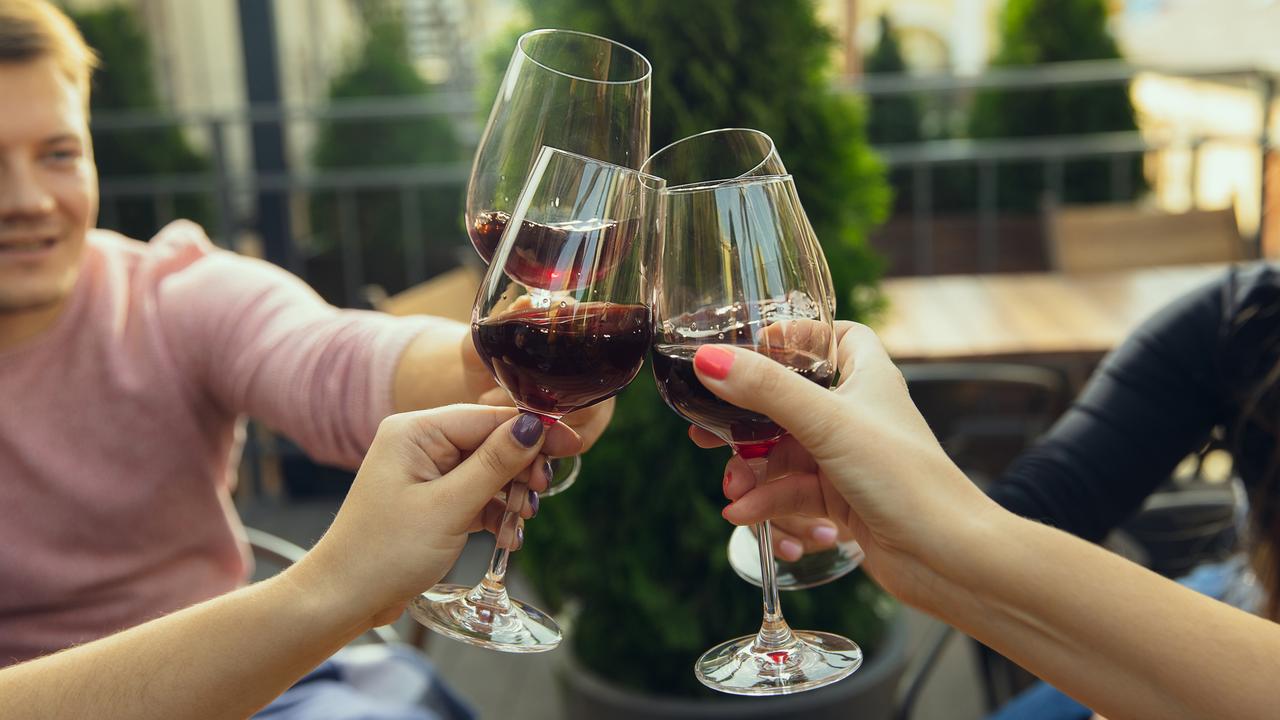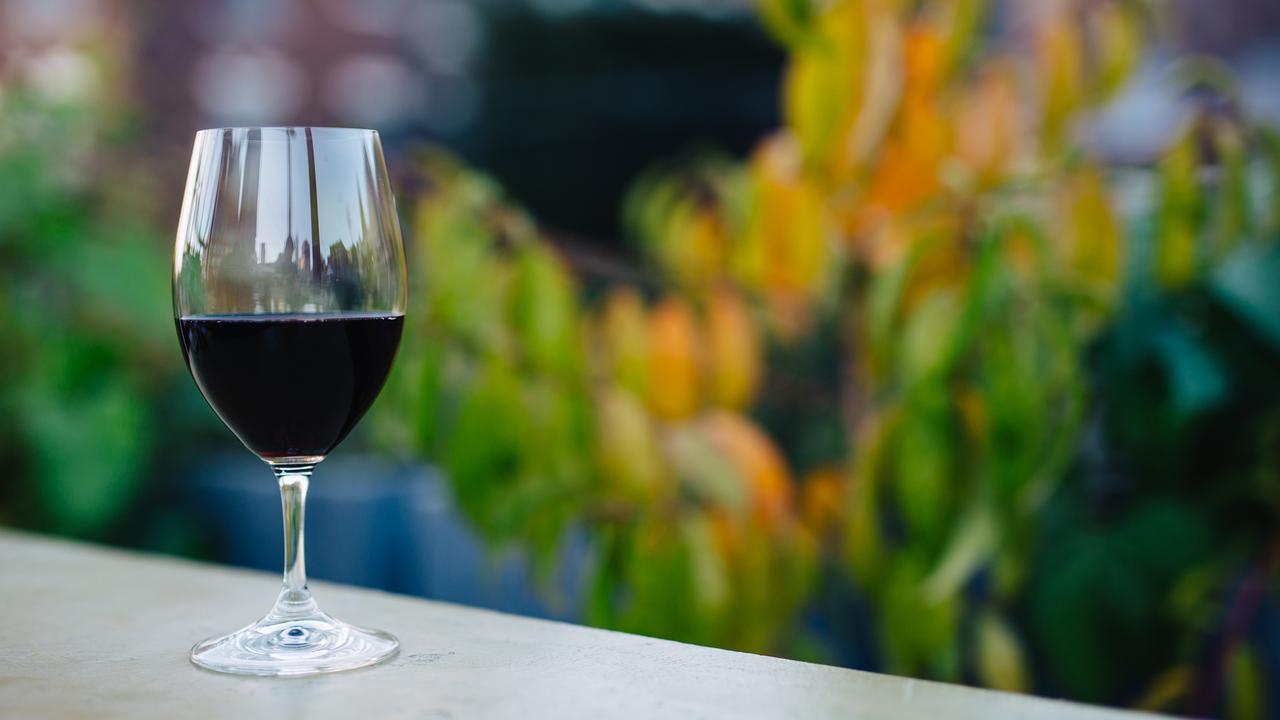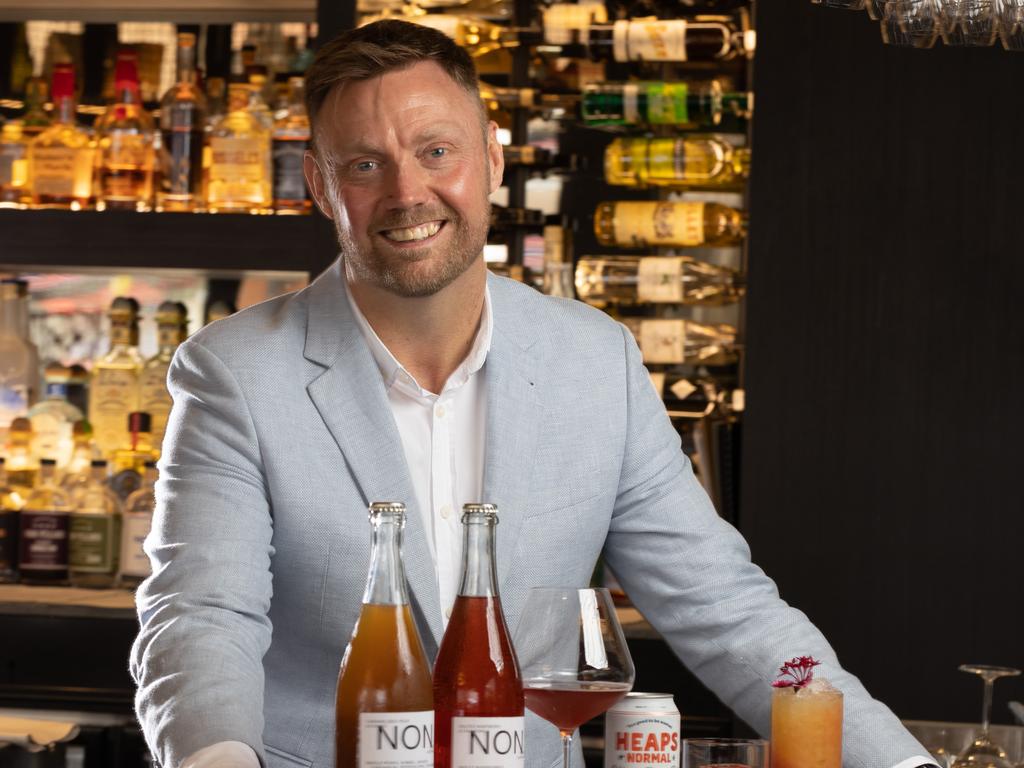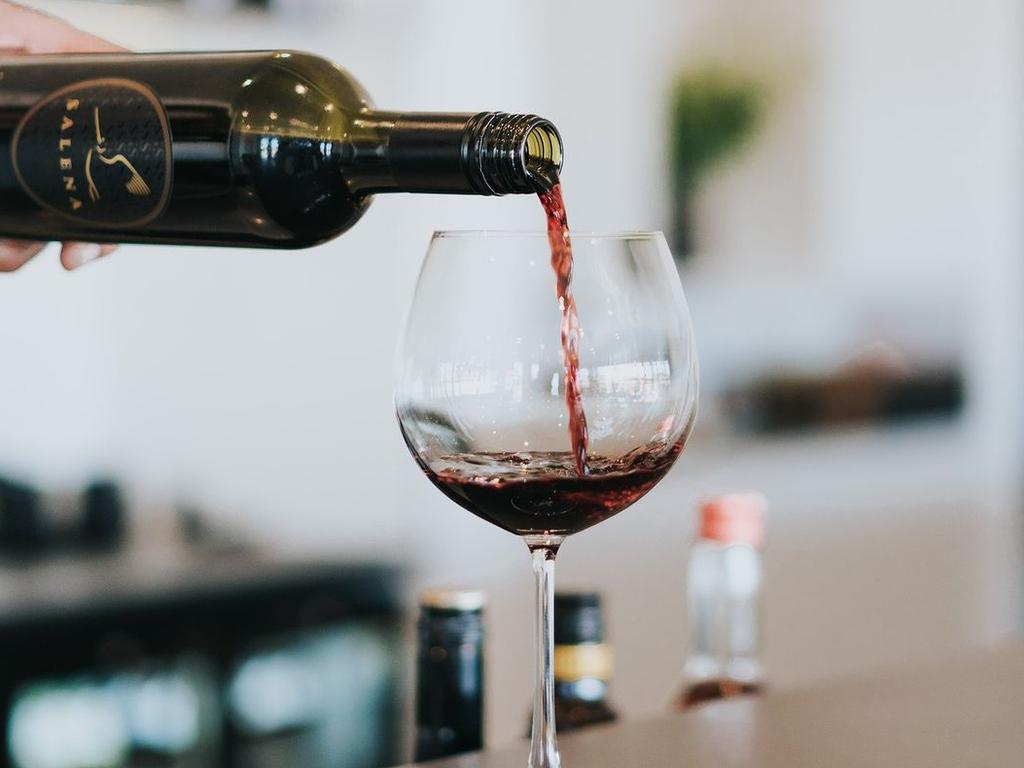Australia’s great wine shame impacting us all
Australians love a drop of red or white to accompany their meal, but it may become a thing of the past if the current trend continues.

QLD News
Don't miss out on the headlines from QLD News. Followed categories will be added to My News.
Australians are paying as much for a glass of wine as a bottle at some up-market restaurants, as the average price of a glass skyrockets.
While patrons used to easily be able to sip on a vino for as little as $10, those days are now over, with most inner-city offerings starting at about $17 per glass and rising to in excess of $100 depending on the drop.
Fuelling the price hikes, experts say, are all manner of factors from rising wine costs and increased labour charges to the Containers for Change scheme and simply overcharging.
Firstly, much of the increases are coming from the wine makers themselves, with manufacturing costs soaring.

“It’s a roll on effect because they’re paying more for power, water and their staffing and when their costs go up they have to sell it for more,” said drink director for the Ghanem Group, Aaron Clark, behind popular Brisbane restaurants such as Blackbird, Byblos, Donna Chang and Luc Lac.
Also affecting wine makers is the introduction of the Containers for Change or Container Exchange program, with manufacturers having to pay an average of 13.3 cents per bottle to fund the scheme. Wine producers are passing that fee on to restaurants, which then pass it on to consumers.
“With the container exchange scheme, that can end up being an extra 50c to $1 on the wine list for the consumer,” said wine wholesaler Todd Rumble of Gathered Wines.
Also pushing up prices is the increased costs of running a restaurant these days with everything from labour to electricity, gas and insurance skyrocketing.
Mr Rumble said increasing overheads were particularly affecting the wine pricing at restaurants in Brisbane’s inner dress circle, including Fortitude Valley and the CBD.

“It also comes down to overheads and costs. We know that rent on James St (Fortitude Valley) is going to be exponentially higher than in the suburbs, and then there’s the wages reflective of the calibre of staff top venues demand. With all the new venues opening in Brisbane, the pool of experienced staff gets smaller and with that come higher salary expectations, which also pushes a restaurant’s costs up,” he said.
Mr Clark said his venues were forced to increase their alcohol prices simply to keep the doors open and cover rising costs and alcohol excise taxes.
The company also had to change its strategy around wine in the current cost of living crisis, with a focus on more premium drops that pushed the average cost of a glass of wine up at their venues.
“We have started to offer more Coravin so more wine at a premium cost, that’s because what we’re seeing is customers are spending less and less on bottles of wine and they might not buy that $400 or $500 bottle of wine like they used to, but they’ll spend $80 on a glass because they still want that premium offering,” he said.

Former award-winning sommelier and owner of Albion wine bar Wineism Ian Trinkle said technology like Coravin, which is able to keep an opened bottle of wine fresh for a number of weeks, was largely contributing to the increasing costs of wines on wine lists, as venues didn’t have to worry about the bottle going off before they were finished.
But he did admit that some venues were simply charging people too much for a glass.
“Do people mark up more than they should? Yeah,” he said, revealing that alcohol sales were a good way for venues to make up any margins they might be losing from food or wages.
“It used to be 300 per cent (mark up) and then 400, now you’re seeing 500 and 600 per cent mark ups.”
For those not wanting to overpay for a glass of wine, Mr Trinkle suggested being honest with the restaurant’s sommelier about your budget and giving them parameters so they could deliver a good drop at a good price.
Originally published as Australia’s great wine shame impacting us all



